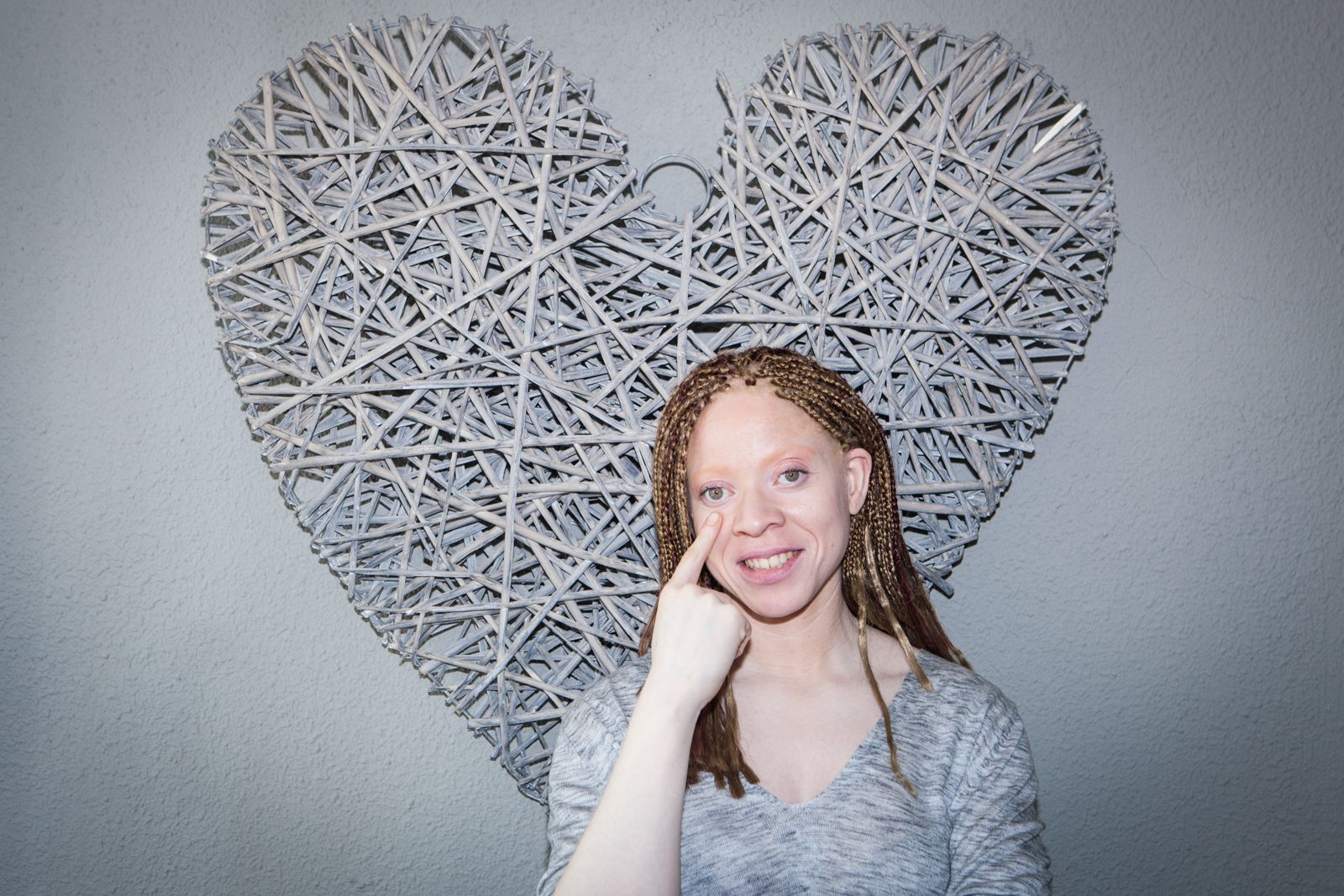
The World Health Organization (WHO) has published a…
Blog

Font: ALBA.
In 2014, the UN General Assembly adopted a resolution proclaiming the celebration of International Albinism Awareness Day on 13 June.
As part of this anniversary, the Association for Helping People with Albinism (ALBA) is presenting a new edition of its ‘Miro por el albinismo’ social media campaign.
"Let them know that you care about people with albinism by uploading a selfie to social media by pointing your eye with your finger and using the hashtags #MiroPorElAlbinismo, # IAAD2020, #MadeToShine and #ConLuzPropia," ALBA asks in its campaign.
The UN and the Global Alliance for Albinism are also organizing an online concert performed by albino musicians and the ‘Happy Hour’ discussion forum, dedicated to COVID-19, from 4pm on Saturday.
Albinism is a genetic condition that determines a very characteristic phenotype (physical appearance), due to the absence or reduction of pigmentation in the skin, eyes and hair.
This is an unusual metabolic condition, due to a defect in the gene that is responsible for the synthesis and distribution of melanin.
It has a low global incidence: one in 20,000 people. It affects all races in the same way. Albino people are characterized by white or slightly golden hair, very pale or pink skin, and violet or reddish blue eyes, although the reddish coloration can be seen when light falls on the eyes, since in the absence of pigmentation the blood vessels are reflected.
Albinism causes a deficit of pigmentation in the retina, iris, and choroid (vascular lining that darkens the eye) that causes the pupil to look deep red and the iris to have a light grayish blue color or in shades of violet.
The fovea, which is the sharpest area of vision of the retina, is poorly developed due to the lack of pigment, which limits visual function.
Albinos also suffer from a lack of binocular vision due to a defect in the crossing of the optic nerve fibers and their connection to the brain.
Lack of pigmentation causes some problems such as:
The fact that these people often have low vision makes it a group that we must also take into account when building our website.
The essential issues to be implemented are the following:
Being albino in Europe is not the same as being in Africa. People with albinism are discriminated against in many parts of the world. They are victims of the ignorance of society and even of the medical community. The appearance of people with this condition has led to false beliefs and superstitious attitudes, which have encouraged their marginalization and social exclusion. In some communities, misconceptions and myths, under the enormous influence of superstition, constantly endanger the safety and lives of people with albinism. These are centuries-old beliefs and myths present in cultural attitudes and practices around the world, especially on the African continent.
In 2013, the UN Human Rights Council passed a resolution urging the prevention of attacks and discrimination against people with albinism. On the other hand, in response to the call from civil society organizations advocating to consider people with albinism as a specific group with specific needs and requiring special attention, on 26 March 2015, the Council create the mandate of an independent expert on the enjoyment of the human rights of this group.
maria.cortes

The World Health Organization (WHO) has published a…

The World Health Organization (WHO) has published a…

The World Health Organization (WHO) has published a…
Segons l'informe publicat aquest passat Desembre per la International Telecommunication Union (ITU), la agència de les Nacions Unides especialitzada en informació i tecnologies de la…